“In inner-city communities with a high concentration of poverty and violence, untreated trauma continues to marginalize an already historically underserved population and perpetuate income and opportunity gaps.” – Ashley Edwards
“75 to 95% of youth in the juvenile justice system have experienced trauma.” Research indicates that the majority of youth suffering from trauma perform poorly in our education system and indeed, many drop-out. “Trauma has been proven to have chronic long-term psychological repercussions including depression, anxiety, and substance abuse disorders”, says Ashley Edwards, the co-founder and CEO of MindRight, an organization that seeks to tackle this epidemic with a tech-supported, human-driven mental health coaching model. While MindRight will treat anyone, it pro-actively targets youth of color as its primary market.
The Global Search for Education is pleased to welcome Ashley Edwards, the co-founder of MindRight. Ashley is a Forbes 30 under 30 Social Entrepreneur and has been recognized by Forbes as one of the top 30 innovators of this century. She is a 2019 Tribeca Disruptive Awards Honoree.
“While not everyone has the resources or is mentally ready to walk into a therapist’s office, text messages have shown to be an effective intervention model for teens and low-income communities.” – Ashley Edwards
Ashley, as you point out, we’re dealing with an “invisible epidemic.” Beyond the achievement gap in our school system, what happens when it’s left untreated?
Untreated trauma contributes to deepening inequities. In inner-city communities with high concentrations of poverty and violence, untreated trauma continues to marginalize an already historically underserved population and perpetuate income and opportunity gaps.
Finally, untreated trauma contributes to significant preventable public health costs and advances the school to prison pipeline. Research shows ~75-95% of youth in the juvenile justice system have experienced trauma. This represents a significant opportunity to save public costs by reducing the number of youth suffering from trauma who are likely to enter the criminal justice system.
The NCCP fact sheet shows that among America’s poor youth, 4.2 million are white. Trauma may be a challenge for many young people in this target group as well – are you planning to help them too?
Trauma affects us all and we believe that everyone could benefit from MindRight’s daily support service. With that said, historically, there are unique disparities in access to mental health care and treatment that impact communities of color. While we do not turn away anyone seeking our support, we are unapologetically committed to advancing racial equity by centering on the experiences, voices and needs of youth of color. We believe that by creating a solution that effectively meets the needs of marginalized communities, we are effectively creating a solution that can ultimately reach and serve everyone.
“Once we started showing more personalization in our conversations, our engagement really took off.” – Ashley Edwards
How have you leveraged technology to provide a solution? What was your process?
When we view the current landscape, we see a gap between crisis services and daily support services to address the long-lasting impacts of untreated trauma. We are disrupting the service gap in the mental health care system by leveraging tech to provide a continuum of support for youth that has been historically inaccessible due to cost, the lack of culturally competent mental health providers and the stigma around mental health in communities of color.
Given the systemic barriers to access and resulting stigma and distrust around mental health providers in communities of color, it is important that we meet youth where they are – their phones. While not everyone has the resources or is mentally ready to walk into a therapist’s office, text messages have shown to be an effective intervention model for teens and low-income communities.
We know that proven therapeutic interventions already exist, but due to these barriers in access and stigma, youth often go untreated. For example, in the average urban school, there might be 1 counselor for every 500 students, and 1 psychologist for every 2,000 students. There is no way that often understaffed, overworked school social work or counseling teams can meet the needs of every student. However, through technology we can scale the reach of support services through our non-clinical, daily coaching support. Through our human-driven, tech enabled coaching model, we can ensure that every student feels seen and heard by at least 1 caring adult 7 days/week, 365 days/year.
Please explain the process to creating a prototype you all believed in.
My co-founder, Alina Liao, and I launched MindRight during our MBA program at Stanford Graduate School of Business. We worked with clinical advisors to base our coaching model on evidence-based interventions, including trauma-focused cognitive behavioral therapy (TF-CBT) tested by UCLA. Rand Corporation has shown that youth exposed to TF-CBT have significant improvements in PTSD and depressive symptoms. Our core innovation is making these proven practices accessible to youth of color in a culturally responsive manner over text message. For our first prototype, we started testing the idea out on Whatsapp and our first users were my former students from Newark, NJ.
Our vision is to create opportunities for systemic healing for communities.” – Ashley Edwards
What’s been the feedback so far? What was the user base reaction to tech?
Many people advised us early on to build a chatbot service to support our youth. However, our users made it very clear that they did not want to talk to a bot, which makes sense given the valid historical distrust and stigma around mental health in our communities. To that end, in our early days, we received feedback from students who wanted our coaches to sound less automated in our conversations. Once we started showing more personalization in our conversations, our engagement really took off. Today we are receiving roughly ~10,000 texts a month from students seeking our daily support and our longest users have been texting us daily for almost 3 years. The main feedback that we hear from students is that we are one of the only judgement-free spaces they have to express themselves. Other students say that there is no one else in their life who really checks in on them everyday other than MindRight. One of our students who was formerly incarcerated and homeless, confided in us that everyone has walked out of his life or abandoned him except for his MindRight coaches.
What is your vision 5 or 10 years from now – where will MindRight be?
Our vision is to create opportunities for systemic healing for communities. 10 years from now, we will serve youth in cities across the nation, breaking cycles of intergenerational trauma. We will leverage natural language processing to develop predictive algorithms on our daily text data to actually prevent mental health crises from happening. By providing our community partners with real-time data on youth emotional wellness, we will unlock the blackbox of what youth need to enable systems-level change.
Thanks Ashley.
C. M. Rubin and Ashley Edwards
Thank you to our 800 plus global contributors, teachers, entrepreneurs, researchers, business leaders, students and thought leaders from every domain for sharing your perspectives on the future of learning with The Global Search for Education each month.
C. M. Rubin (Cathy) is the Founder of CMRubinWorld, an online publishing company focused on the future of global learning and the co-founder of Planet Classroom. She is the author of three best-selling books and two widely read online series. Rubin received 3 Upton Sinclair Awards for “The Global Search for Education”. The series which advocates for all learners was launched in 2010 and brings together distinguished thought leaders from around the world to explore the key education issues faced by nations.
Follow C. M. Rubin on Twitter: www.twitter.com/@cmrubinworld
The Global Search for Education Community Page

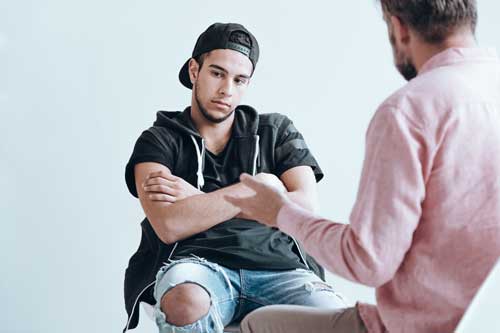

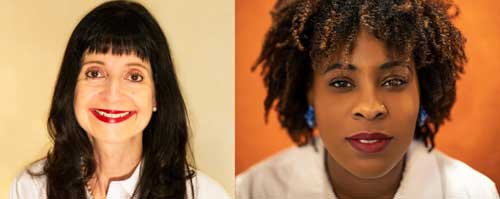
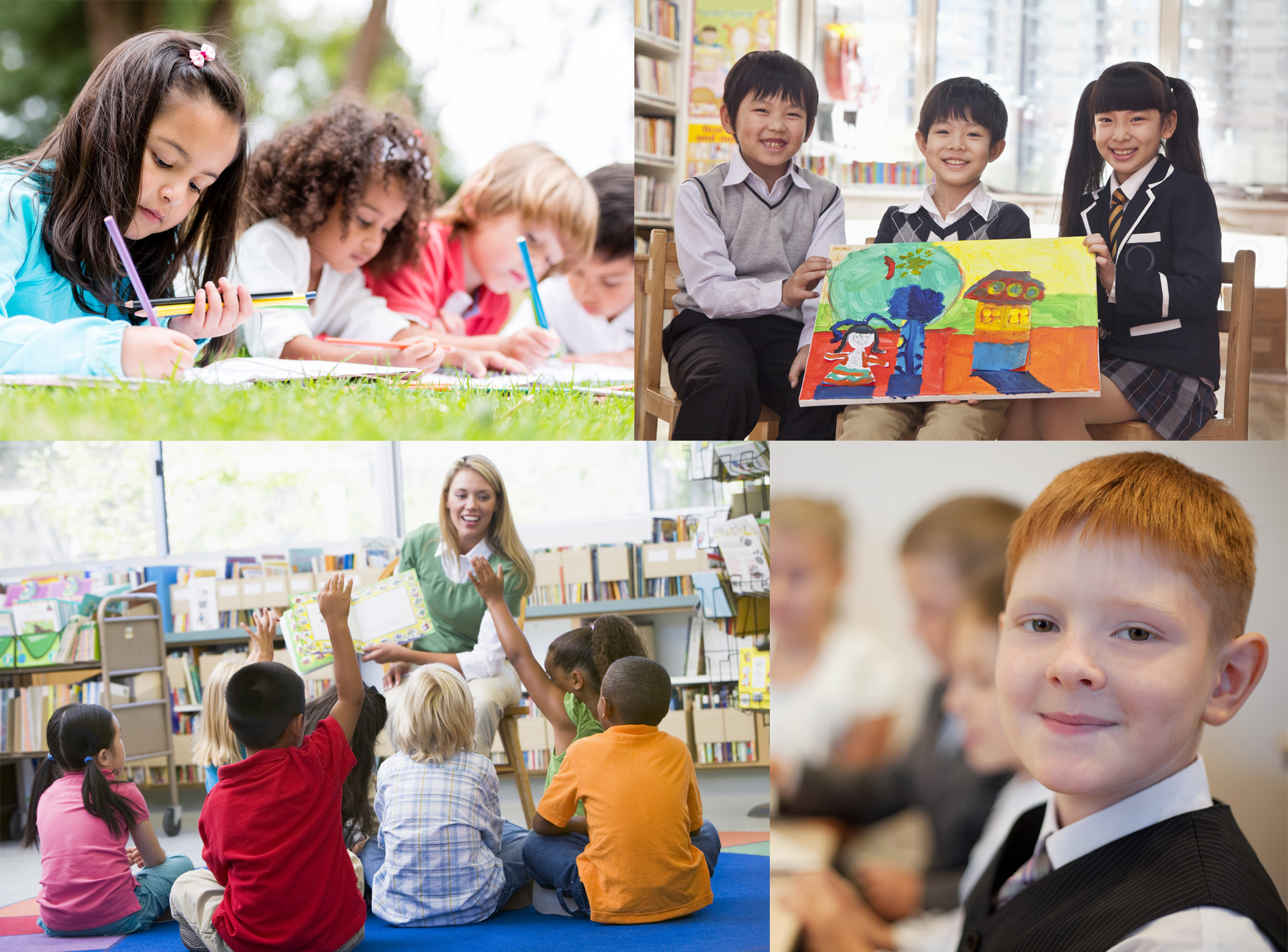
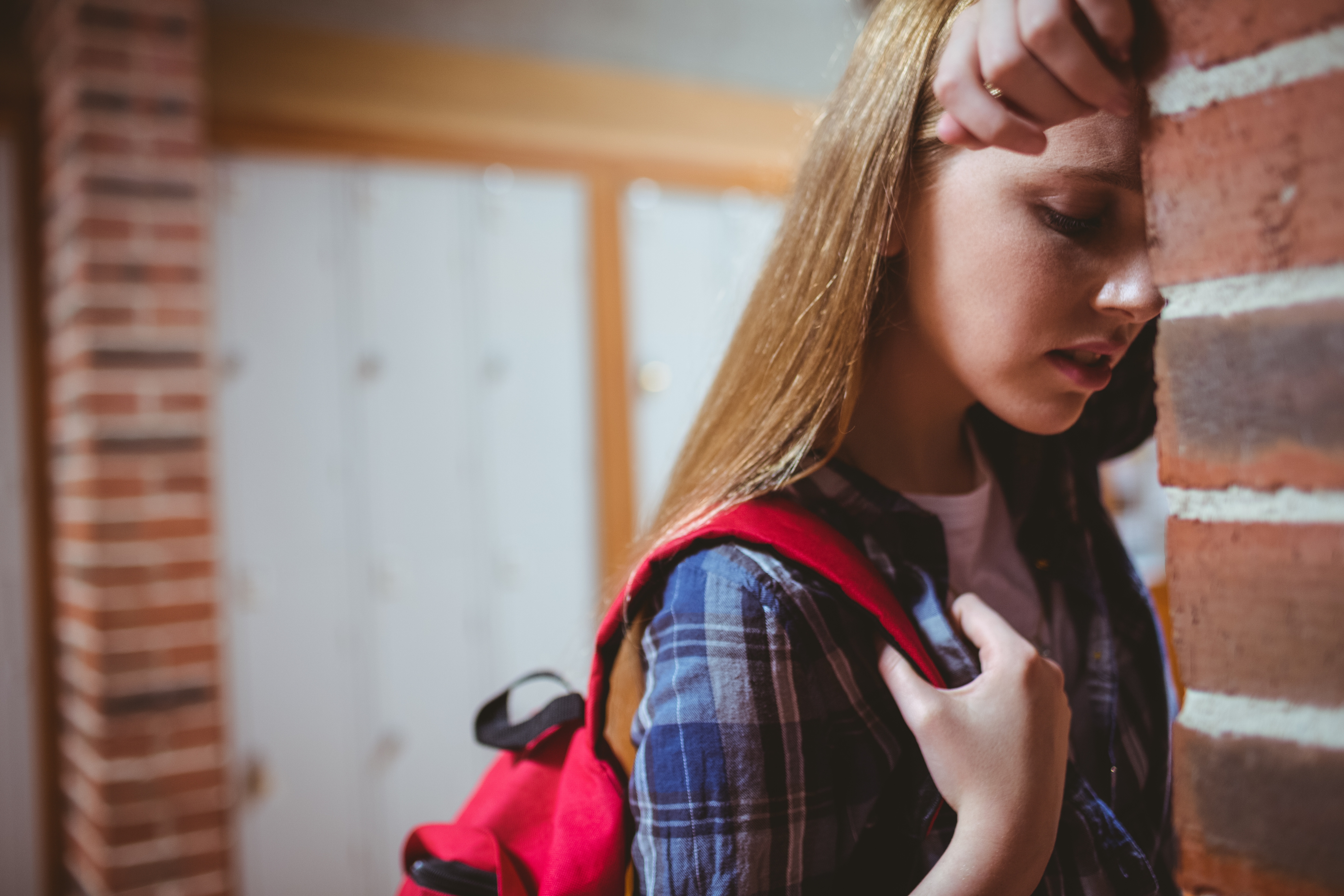
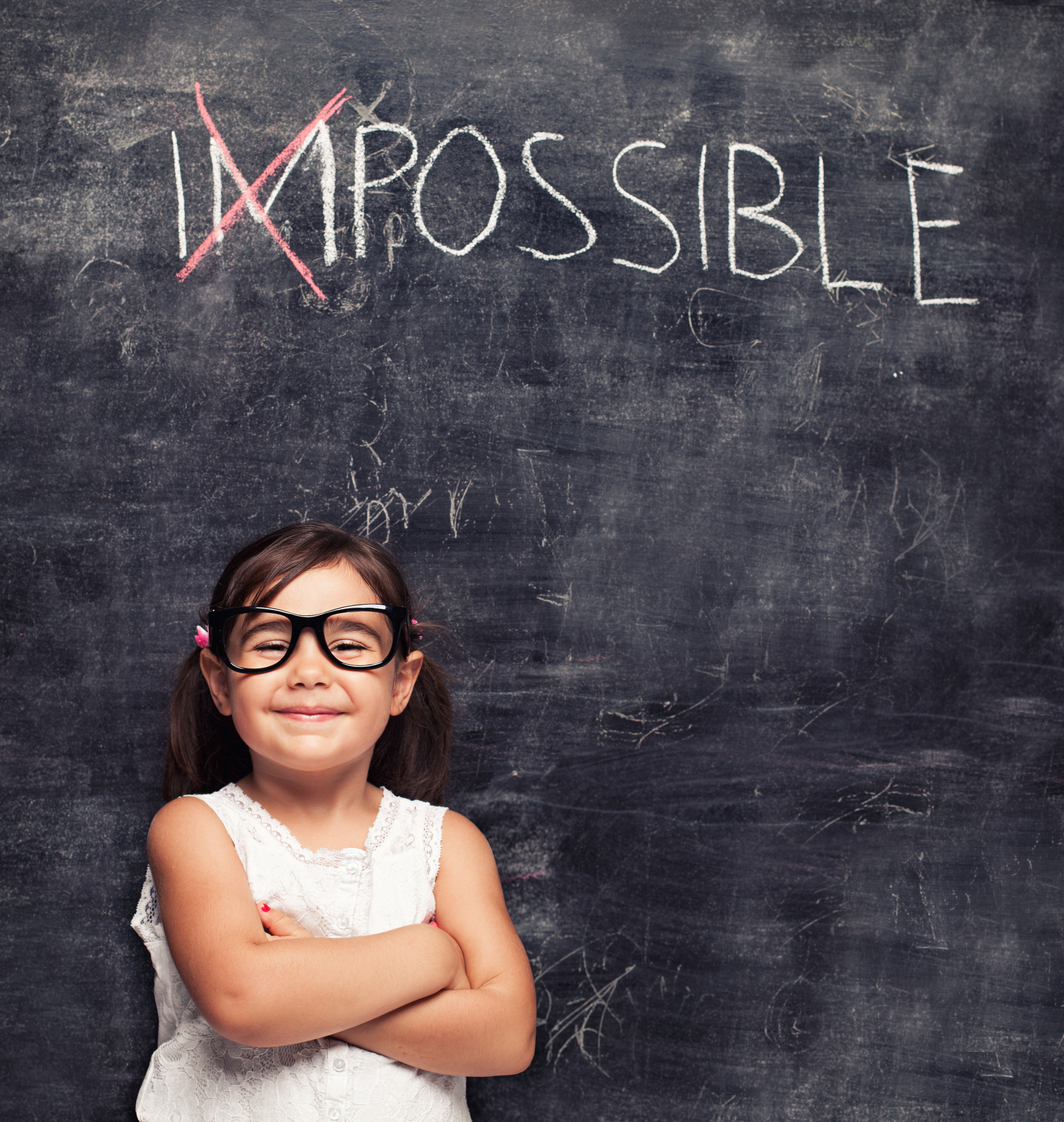
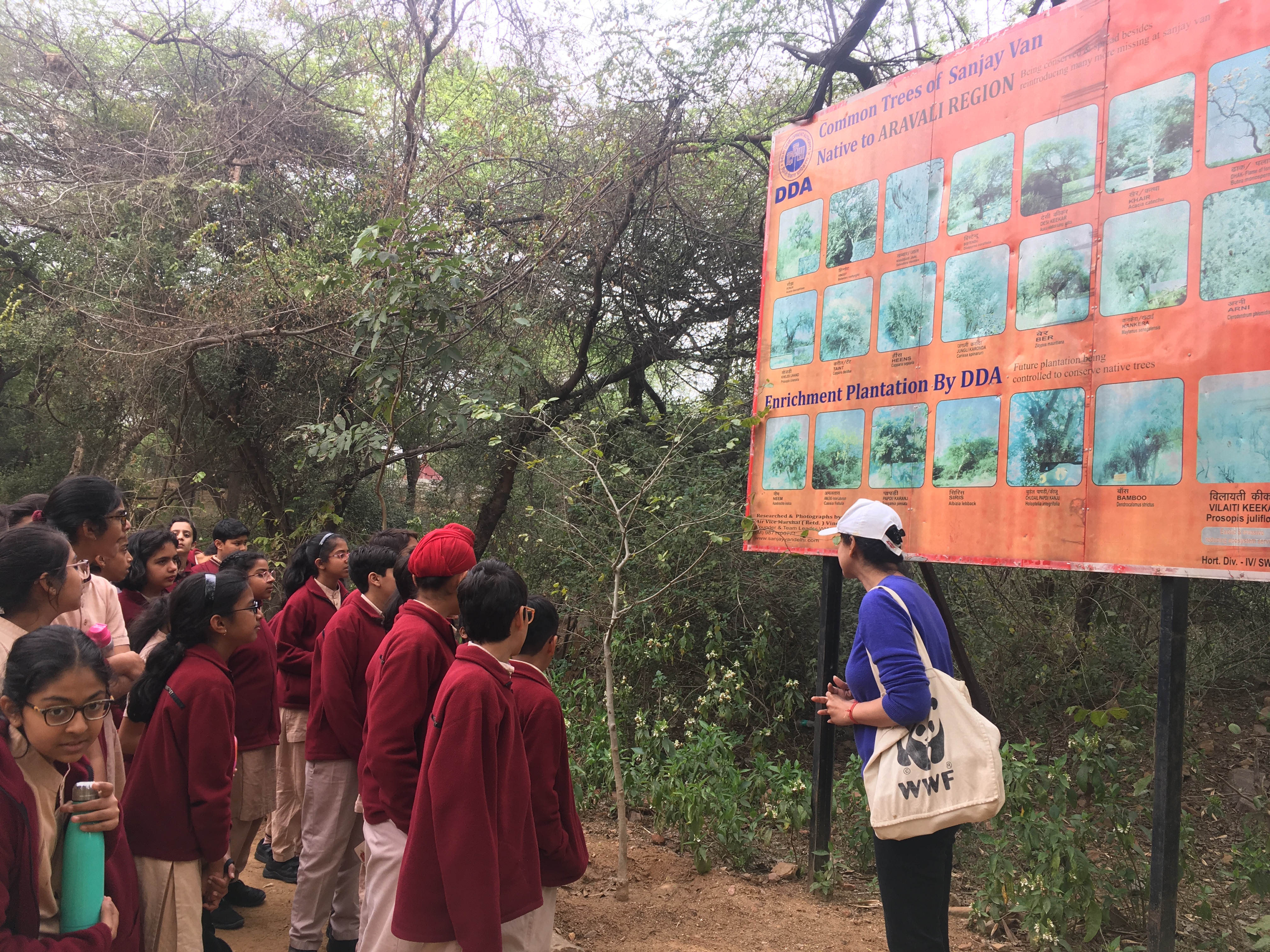
Recent Comments